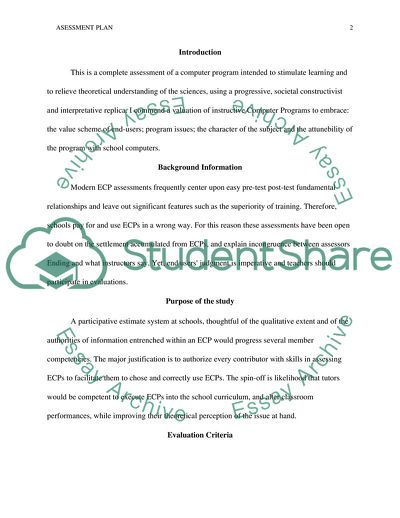Cite this document
(Assessment Plan Research Paper Example | Topics and Well Written Essays - 1000 words, n.d.)
Assessment Plan Research Paper Example | Topics and Well Written Essays - 1000 words. https://studentshare.org/education/1781169-assessment-plan
Assessment Plan Research Paper Example | Topics and Well Written Essays - 1000 words. https://studentshare.org/education/1781169-assessment-plan
(Assessment Plan Research Paper Example | Topics and Well Written Essays - 1000 Words)
Assessment Plan Research Paper Example | Topics and Well Written Essays - 1000 Words. https://studentshare.org/education/1781169-assessment-plan.
Assessment Plan Research Paper Example | Topics and Well Written Essays - 1000 Words. https://studentshare.org/education/1781169-assessment-plan.
“Assessment Plan Research Paper Example | Topics and Well Written Essays - 1000 Words”. https://studentshare.org/education/1781169-assessment-plan.


